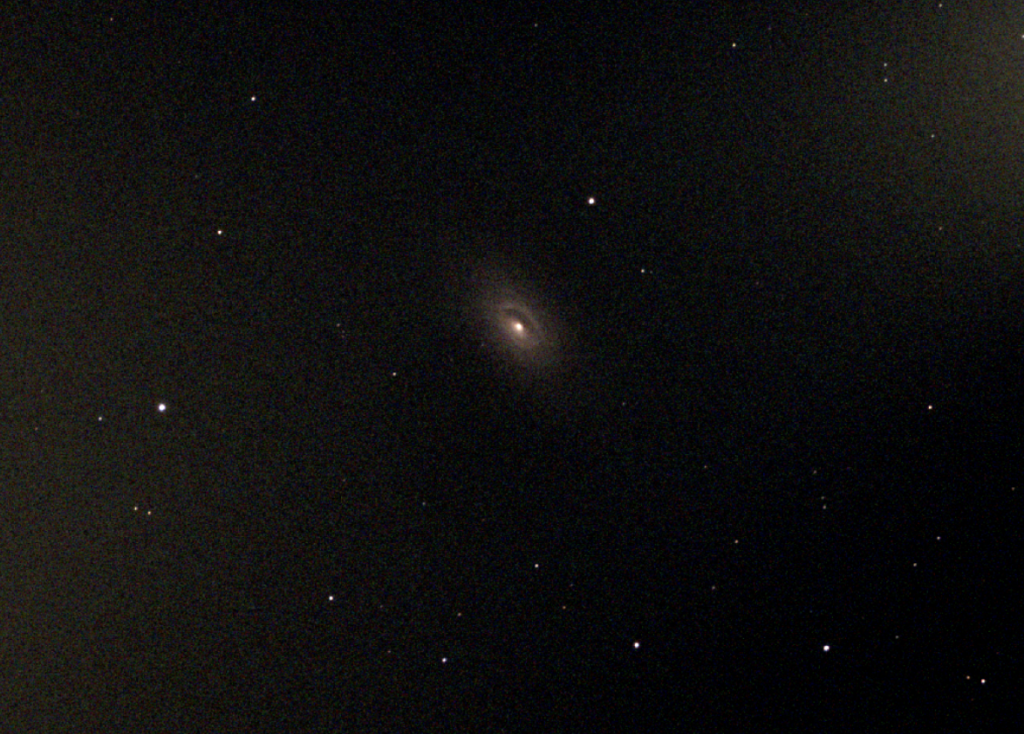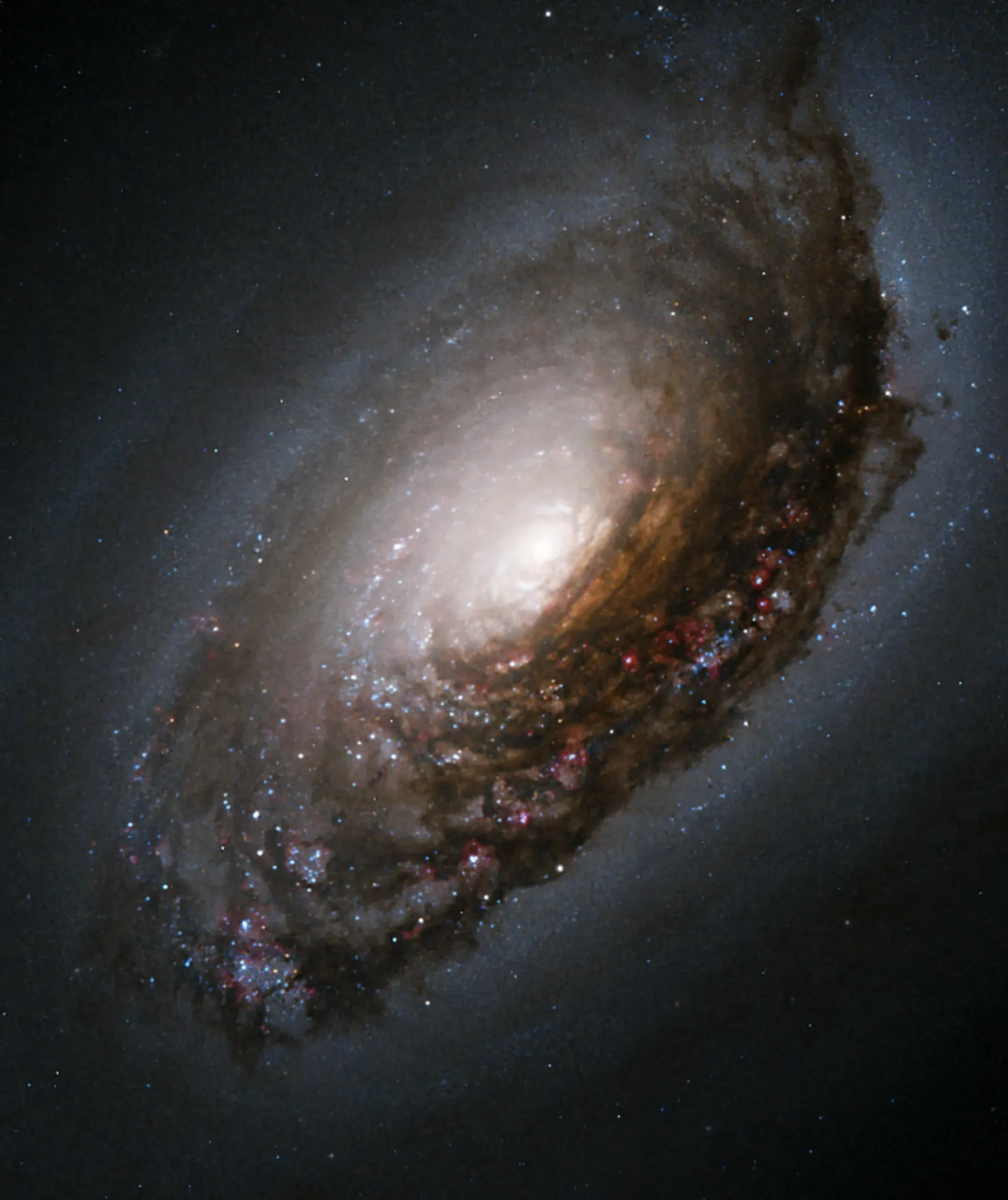M64 | NGC 4826 | Black Eye Galaxy | Coma Berenices | 24,000,000 Light Years Away
Our Best Image

Messier 64, also known as the Black Eye Galaxy or Evil Eye Galaxy, is a spiral galaxy located in the constellation Coma Berenices. Discovered by the German-British astronomer Edward Pigott in 1779 and later independently by Johann Elert Bode in 1780, it was included in Charles Messier’s catalog. Positioned approximately 24 million light-years away from Earth, the Black Eye Galaxy is notable for the prominent dark band of interstellar dust that gives it its distinctive appearance.
With a diameter of about 40,000 light-years, Messier 64 contains a wealth of stars, gas, and dust organized in its spiral structure. The dark band of dust and the bright nucleus create the illusion of a black eye, contributing to the galaxy’s intriguing moniker. Observations of Messier 64 provide astronomers with valuable insights into the processes of star formation, galactic dynamics, and the role of interstellar dust in shaping the appearance of cosmic structures.
Messier 64 is a striking target for amateur astronomers and astrophotographers, as its unique features make it visually captivating. The Black Eye Galaxy’s distinct appearance adds to its allure in the exploration of spiral galaxies, contributing to our understanding of the diverse morphologies and evolutionary paths that galaxies can take within the vast cosmic tapestry.

